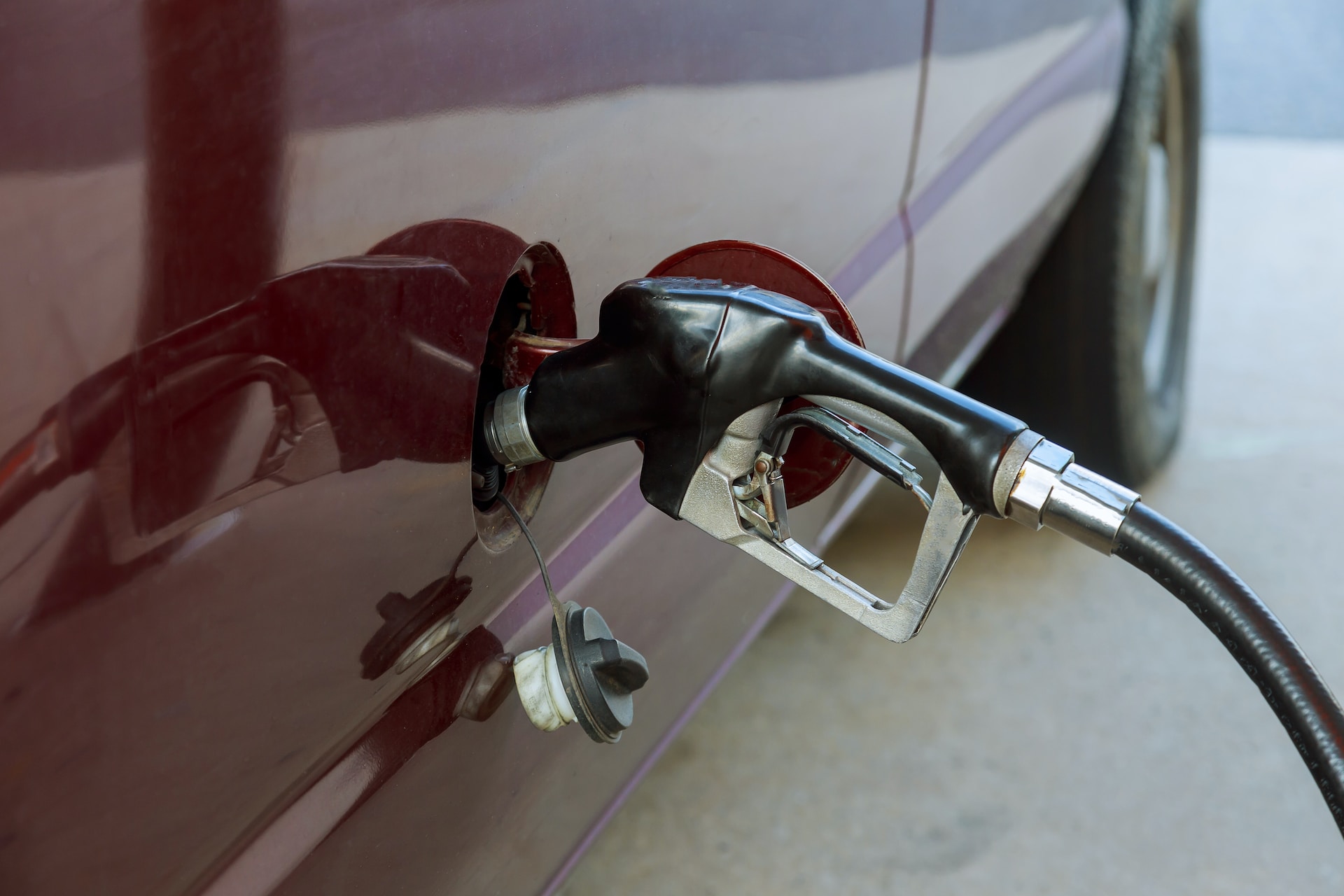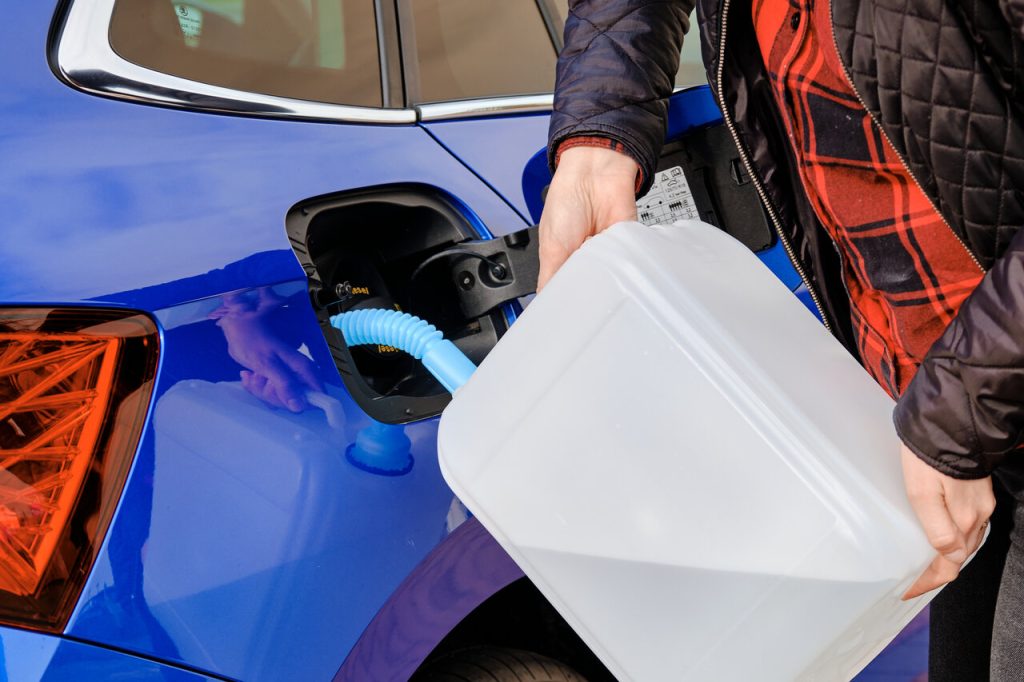Adblue is a crucial component of modern diesel engines, serving a key role in reducing harmful emissions and meeting stringent environmental regulations. Essentially, Adblue is an aqueous urea solution consisting of 32.5% urea and 67.5% deionised water. This solution, when injected into the exhaust system of diesel vehicles equipped with Selective Catalytic Reduction (SCR) technology, helps transform harmful nitrogen oxide (NOx) emissions into harmless nitrogen and water. Consequently, Adblue plays a pivotal part in mitigating the adverse environmental impacts of diesel engines while adhering to environmental guidelines.
As emission control becomes a significant consideration in modern diesel vehicles, understanding Adblue’s importance and proper usage has become essential. However, accidents can still happen, such as inadvertently pouring Adblue into the diesel fuel tank instead of its designated Adblue tank. The consequences of such a misfuelling incident can range from moderate engine damage to significant, costly repairs, depending on the mistake’s severity. In such situations, seeking professional help is crucial to minimise potential damage and additional expenses, and Fuel Fixer is the leading mobile misfuel specialist to turn to in such cases.
In this article, we will explore the importance of Adblue in modern diesel engines, discuss the consequences of misfuelling with Adblue, and describe how Fuel Fixer’s expertise can offer effective solutions for Adblue-related misfuelling situations. With an in-depth understanding of Adblue and Fuel Fixer’s reliable services, diesel vehicle owners can be better equipped and informed to handle these potential complications.
The Vital Role of Adblue in Diesel Engines
Adblue serves a critical purpose in modern diesel engines when it comes to emission controls. By using Selective Catalytic Reduction (SCR) technology, diesel engines can significantly reduce harmful NOx emissions. The process involves injecting Adblue into the exhaust system, converting dangerous NOx gases into harmless nitrogen and water vapour through a chemical reaction. This transformation not only lowers the environmental impact of diesel engines but also ensures adherence to stringent emission control regulations.
Due to its vital role, a dedicated Adblue tank has become a standard feature in many diesel vehicles. However, for those unfamiliar with the solution and the differences between diesel and Adblue tanks, the risk of misfuelling is heightened. Understanding the potential consequences of misfuelling with Adblue is crucial in shortening the response time and seeking professional help to mitigate the situation.
Consequences of Misfuelling with Adblue
Inadvertently pouring Adblue into your diesel fuel tank could lead to several complications, ranging from moderate to severe, depending on the mistake’s degree. Some of the potential consequences include the following:
- Damage to Fuel System Components: Mixing Adblue with diesel fuel can cause damage to essential fuel system components, including the fuel pump, fuel filter, and fuel injectors. The longer the contaminated fuel remains in the system, the greater the risk of extensive damage.
- Engine Shutdown: Modern diesel engines have sophisticated sensors that can detect Adblue contamination in the fuel system. In such cases, the vehicle’s engine management system may trigger an automatic shutdown to minimise damage, leaving you stranded.
- Costly Repairs: In severe misfuelling cases, the potential damage to the fuel system and engine components can lead to costly repairs or even engine replacement. It is essential to act quickly and seek professional help to avoid such expenses.
Preventing Adblue Misfuelling: Tips and Awareness
By staying informed and vigilant, diesel vehicle owners can take preventive measures to avoid mistakenly filling their fuel tanks with Adblue. Consider the following tips to minimise the risk of misfuelling:
- Know the Difference: Familiarise yourself with the locations and appearances of the diesel fuel and Adblue filler caps in your vehicle. Keep in mind that Adblue fillers are generally smaller and tend to be blue in colour, whereas diesel fuel fillers are larger and usually green, black or yellow.
- Read the Labels: Always check the labels on fuel pump nozzles and Adblue containers before refuelling your vehicle. This simple practice can help prevent costly misfuelling incidents.
- Stay Alert: Rushing or distraction during refuelling increases the risk of misfuelling. Take a moment to double-check you have the correct nozzle before proceeding.
Fuel Fixer to the Rescue: Professional Adblue Misfuelling Solutions
If you inadvertently pour Adblue into your diesel fuel tank, seeking professional help is crucial to minimise potential damage and additional expenses. Fuel Fixer, the leading mobile misfuel specialist in the UK, offers expert assistance in resolving Adblue misfuelling incidents. With an extensive network of experienced technicians, Fuel Fixer ensures prompt, efficient and reliable service across the country.
Some of the benefits of choosing Fuel Fixer for addressing Adblue mishaps include the following:
- Rapid Response: Fuel Fixer’s nationwide coverage ensures prompt assistance no matter your location. The company’s skilled technicians are well-equipped to handle Adblue misfuelling cases, working swiftly to get you back on the road.
- Advanced Solutions: Fuel Fixer’s technicians employ advanced tools and techniques to drain the contaminated fuel, flush the fuel system and replenish it with the correct diesel fuel, restoring optimal vehicle performance.
- Expertise and Assurance: Fuel Fixer’s team of misfuel professionals is well-versed in Adblue-related incidents, providing the necessary expertise and assurance to clients seeking help in such tricky situations.
Conclusion
By understanding the importance of Adblue in modern diesel engines and the potential consequences of misfuelling with Adblue, vehicle owners can take preventive measures to avoid making this costly mistake. However, if a mishap does occur, knowing that a reliable service provider like Fuel Fixer is just a phone call away can provide the confidence and support necessary to address the situation effectively.
With our expert 24/7 fuel replacement and commitment to customer satisfaction, Fuel Fixer is the ideal partner to resolve Adblue misfuelling incidents and ensure your vehicle is back on the road promptly. Stay informed, act wisely, and trust us to provide the dependable support you need during such challenging circumstances. Contact us today for an appointment!

